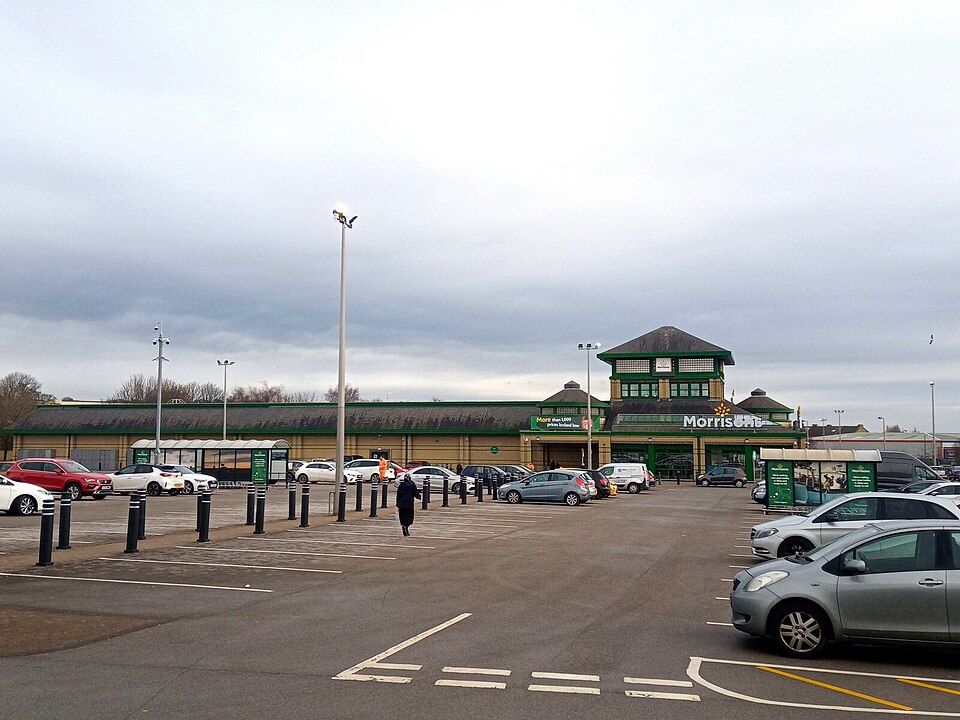Homeowners Clash Over Postcode Value Disparities in Bradford Suburb

In Thornbury, a suburb of Bradford, a heated debate has emerged among homeowners regarding the perceived value of their properties based on their postal codes. Residents on Gain Lane have expressed frustration over the disparity in house prices that exist between two sides of the street, which are technically identical in terms of property structure. Those on one side, classified under the BD3 postcode, report average house prices of around £120,323, while their counterparts across the street in the LS28 postcode see averages soaring to approximately £262,061, according to data from Rightmove published in July 2025.
The issue stems from the fact that, despite living in Bradford, residents on one side of Gain Lane want to adopt the LS28 postcode, associated with the more affluent Leeds suburbs of Pudsey, Farsley, and Calverley. This request has been met with backlash from neighbors who view it as an elitist attempt to distance themselves from Bradford's negative reputation, particularly concerning crime rates and socio-economic challenges prevalent in the BD3 area.
Russell Robinson, a long-term resident of Gain Lane, stated, "If you're in BD3, you're paying hundreds more for car insurance because it's one of the worst postcodes in the country for car crime and bad driving." He detailed how insurance premiums are significantly lower for homes classified under LS28, leading to financial disadvantages for those in the BD3 area. This sentiment is echoed by Lynda Berry, who expressed her desire for a postcode change primarily due to the perceived social status associated with LS28. "We're paying more in council tax and then getting hit again with higher car and home insurance," she lamented.
The debate has not only financial implications but also social ramifications, as it reflects broader issues of class and identity within the community. Gurvinder Singh, another resident who has lived in Gain Lane since 1989, shared his frustrations about the stigma attached to the BD3 postcode, indicating that he often refers to himself as being from Leeds to avoid negative perceptions associated with Bradford.
However, not all residents agree with the push for a postcode change. One anonymous resident argued that the campaign appears to be classist, stating, "I think it's people trying to pretend they don't live where they do, to make them look and feel better. It's still Bradford at the end of the day." This perspective highlights the tension between identity and the desire for social mobility among residents.
Local councillors have shown support for the residents' campaign to reclassify their postcode, citing the need for the community to identify with their geographical location accurately. Councillor Andrew Carter remarked, "Residents want to be in LS28 and they are right. Every possible obstacle has been put in the way of progress." In contrast, Royal Mail has stated that postcodes are designed for effective mail delivery rather than reflecting geographical or administrative boundaries.
This ongoing postcode debate in Thornbury underscores the complexities of identity, value, and social status within seemingly homogeneous communities. As residents grapple with the implications of their postal classifications, the situation raises critical questions about how place, identity, and economic disparity intersect in today’s society. The outcome of this dispute could set a precedent for similar cases across the UK, where postcode identity plays a significant role in property values and social perceptions.
Advertisement
Tags
Advertisement





